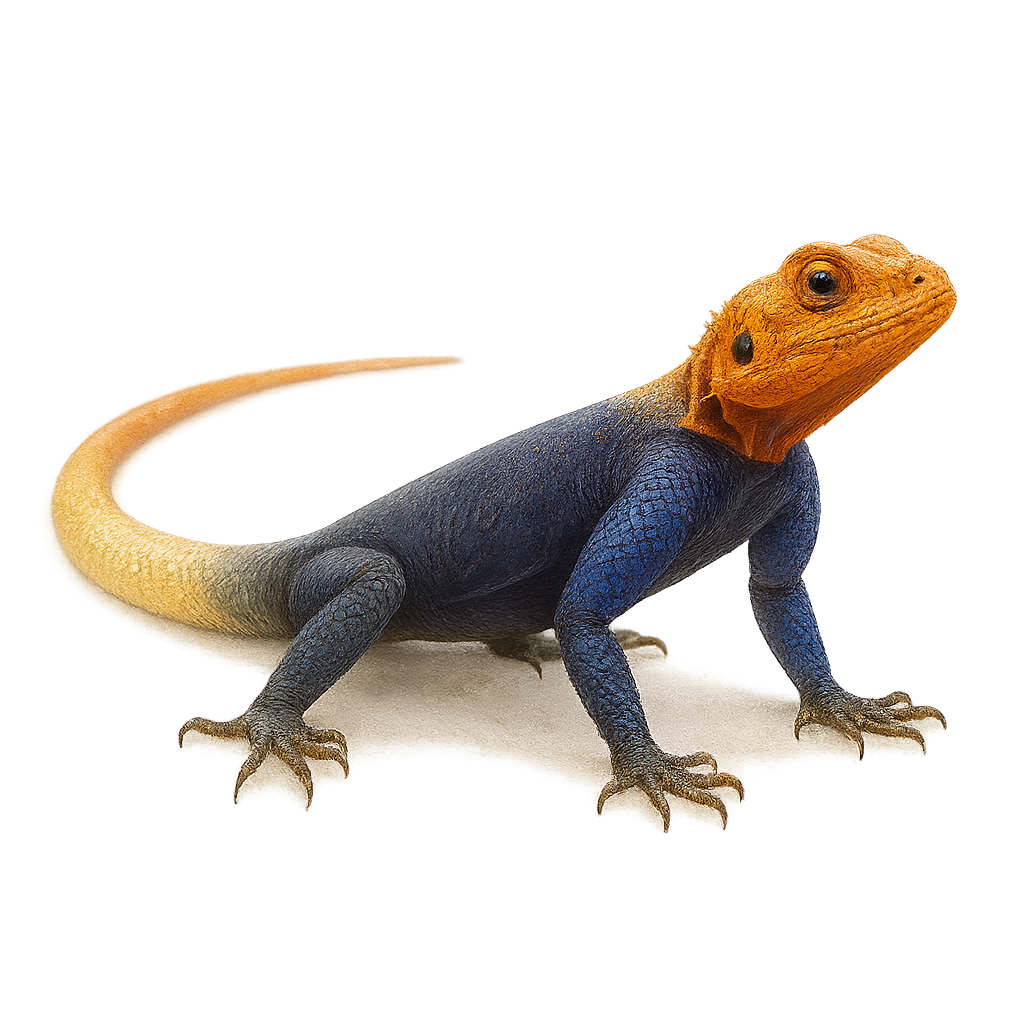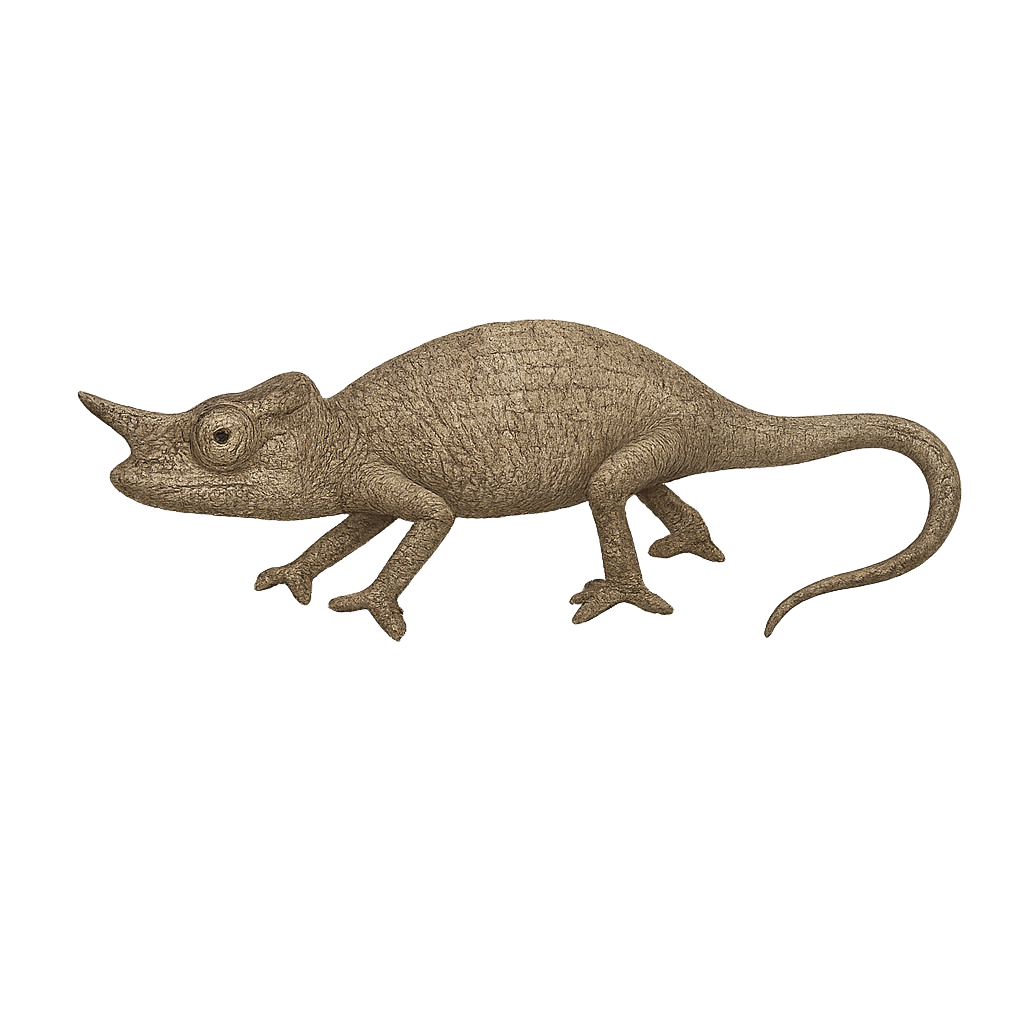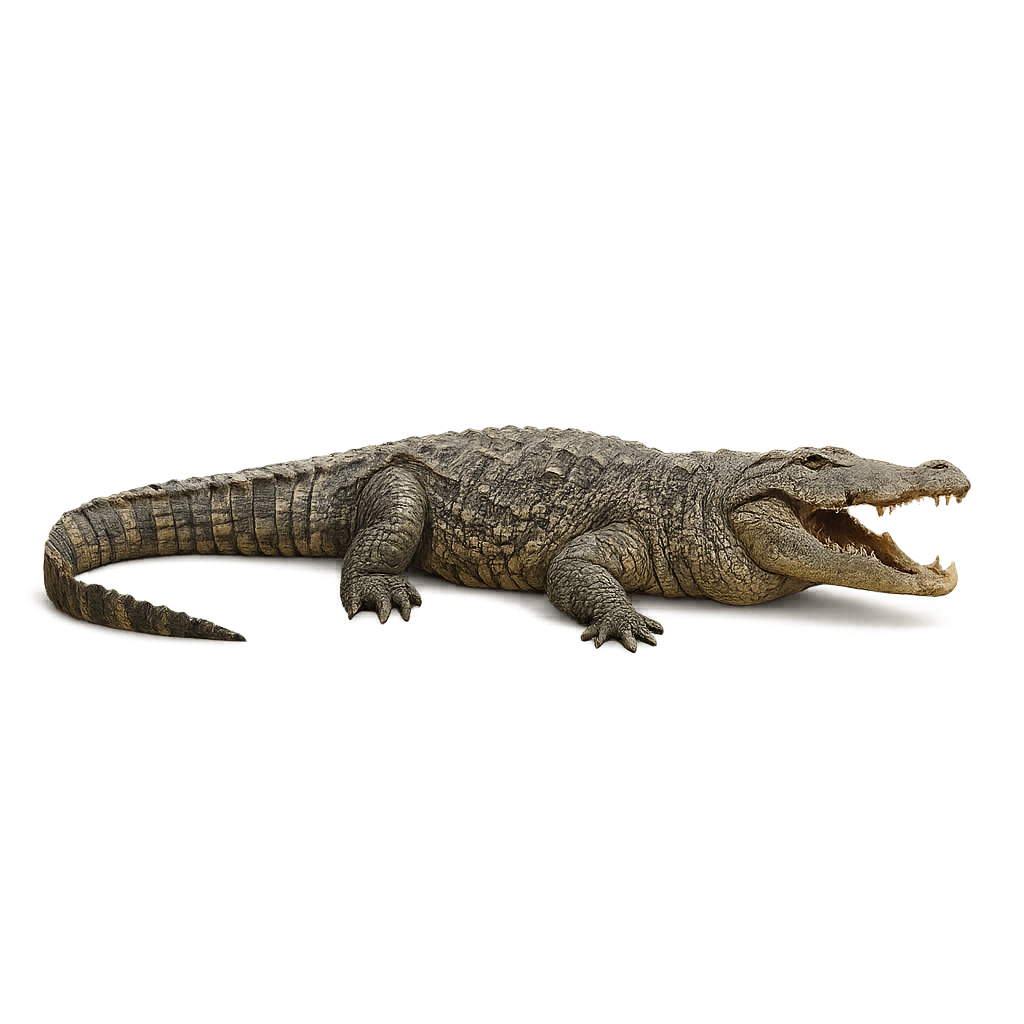Your wildlife tracking tool..
Browse 2,846species by country, track observations, and plan your photo outings.
Your global reference for wildlife photography
WildlifePhotographer gives you access to over 2,846 wildlife species sheets to help you identify, understand, and photograph wildlife around the world. Mammals, birds, reptiles… each sheet provides key information: habitat, activity, life cycle, signs of presence, and tailored photo tips.
Our database grows every week with new iconic species. To go further, access maps, reminders, logs, and personalized statistics in the app — designed to meet the real needs of wildlife photographers in the field.
Namibian Rock Agama
Agama planiceps
The Namibian Rock Agama, or Agama planiceps, is a fascinating lizard found primarily in the arid regions of southern Africa, particularly in Namibia and Botswana. This reptile is easily recognizable by its flattened head and vibrant coloration, especially in males who display bright blue and orange hues during the breeding season. Females and juveniles, on the other hand, exhibit duller colors, usually in shades of brown and gray. The Namibian Rock Agama is a diurnal animal that spends most of its time basking in the sun on rocks or hunting insects. It is well adapted to its dry environment and can survive with very little water, obtaining necessary moisture from its food.
Nose-horned Chameleon
Calumma nasutum
The Calumma nasutum, or nose-horned chameleon, is a chameleon species endemic to Madagascar. This small reptile is easily recognizable by its prominent nasal appendage, giving it a unique appearance. It sports a green coloration that allows it to blend into its forest environment. This chameleon is primarily arboreal, inhabiting the island's humid forests. Its ability to change color is used for communication and thermoregulation. The Calumma nasutum is a diurnal animal, active mainly during the day. Its modest size and discreet behavior make it difficult to spot in the wild, making it a fascinating subject for wildlife observers.
Northern grass snake
Natrix natrix
The Common European Water Snake is a non-venomous snake species, easily recognized by the distinctive black patch that forms a collar around its neck. It is typically olive green to gray in color, with lighter patterns on the belly and small black spots on the back. It can grow up to 1.5 meters in length, although the average size is around 1 meter.
This snake primarily inhabits wetland areas, such as lake shores, marshes, and rivers, where it primarily hunts fish, amphibians, and small reptiles. It is a very good swimmer and spends much of its time in the water, using its diving skills to capture prey. While it is fairly common, it may be threatened by the destruction of its natural habitats, pollution, and illegal collection. The Common European Water Snake is protected in several regions of its range.
Nile crocodile
Crocodylus niloticus
The Nile Crocodile is one of the most formidable and largest species of crocodiles, capable of reaching up to 5 meters in length. It primarily lives in rivers, lakes, and swamps in Africa and is an opportunistic predator, mainly hunting fish, birds, and mammals that approach the shores. This crocodile is also known for its territorial behavior, with males often dominating large aquatic areas. Its powerful body and rough skin allow it to blend into its environment, facilitating its stealthy hunting strategy. While primarily aquatic, the Nile Crocodile sometimes ventures onto land to bask in the sun.
Nile monitor
Varanus niloticus
The Nile Monitor is a large reptile species native to Africa, particularly found in sub-Saharan regions. It is easily recognized by its impressive size, long and powerful body, and smooth scales. This monitor is semi-aquatic and is commonly found near rivers, lakes, and swamps, where it feeds on fish, amphibians, birds, and even small mammals. Highly agile, it is also capable of swimming and climbing with ease. The Nile Monitor is known for its territorial nature and sometimes aggressive behaviors, especially during the breeding season.






